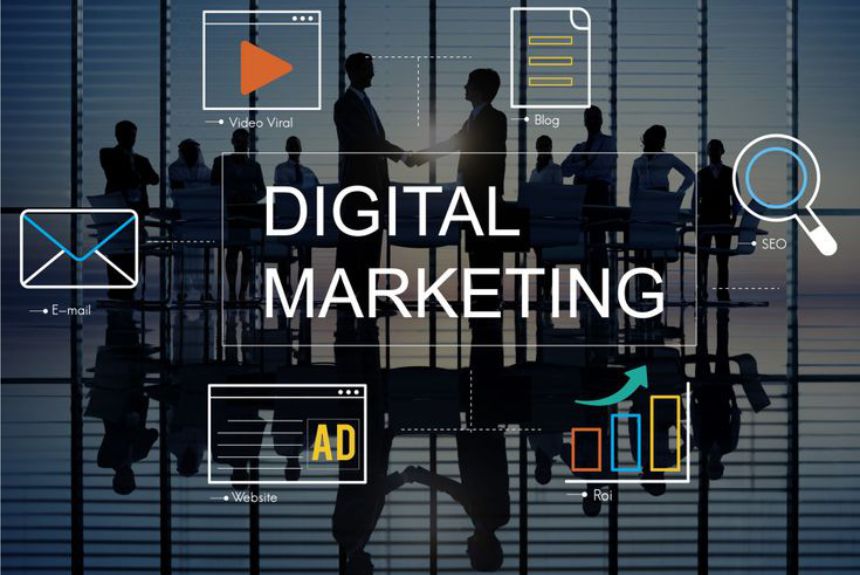1. Introduction to AI in the Business World
Artificial Intelligence (AI) is transforming industries around the globe. While often associated with large corporations, AI is now becoming more accessible to small and medium enterprises (SMEs). With user-friendly tools and affordable solutions, small businesses can now harness the power of AI to grow faster and work smarter.
2. Automation of Routine Tasks
AI enables small businesses to automate repetitive tasks like inventory updates, invoice processing, and customer follow-ups. This saves time and reduces errors, allowing business owners to focus on strategic decisions rather than daily manual operations.
3. Enhanced Customer Experience
With AI-powered chatbots and virtual assistants, small enterprises can offer 24/7 customer service without hiring a large support team. These tools can instantly answer FAQs, take orders, or book appointments—improving customer satisfaction and engagement.
4. Smarter Marketing and Targeting
AI tools can analyze customer behavior and preferences to create personalized marketing campaigns. This helps small businesses reach the right audience at the right time, increasing the effectiveness of social media ads, email marketing, and content promotion.
5. Data-Driven Decision Making
AI systems can quickly process and analyze large amounts of business data, providing insights into sales trends, customer behavior, and operational efficiency. This empowers small business owners to make informed decisions that improve performance and profitability.
6. AI Tools That Support Small Businesses
From affordable AI CRMs like Zoho to content tools like ChatGPT, small businesses have access to a wide range of tools. These platforms help with everything from lead generation and financial management to content creation and customer support.
7. Challenges in Adopting AI
While AI brings many benefits, it also comes with challenges such as cost of implementation, staff training, and data privacy concerns. However, these obstacles can be overcome with a step-by-step approach and proper planning.
8. Steps to Start Using AI in Your Business
Start small—automate one task at a time. Choose simple, easy-to-integrate tools. Educate your team on how to use AI effectively, and regularly evaluate the results to ensure continuous improvement.
9. Future of AI in Small Enterprises
As AI technology continues to evolve, it will become even more affordable and efficient for small businesses. Early adoption can give businesses a competitive edge and position them for long-term growth and innovation.
10. Conclusion
AI is not just a trend—it’s a tool for transformation. For small enterprises, it opens doors to new possibilities: improved productivity, smarter marketing, and better customer service. By embracing AI, small businesses can thrive in the digital age.


 LVB - India
LVB - India




